“Digital transformation” became the buzzword for 2019 and onward. But putting the hype aside, digital transformation is very real, and it is significantly changing the role of the CIO in every modern organization.
With the current uncertainty on the horizon: possible economic downturn due to the COVID-19 pandemic, the growing trade wars and continuous digital disruption, companies more than ever are searching for technology solutions that will support their digital transformation initiatives in order to land on the right side of change. A survey performed by TechTarget, “IT Priorities Survey”, shows that nearly 70% of the companies are planning to start or are already pursuing some kind of digital transformation initiative, whereas 46% of them have formal projects underway. As a result of this trend, there is a heightened sense of urgency amongst CIOs, who are uniquely positioned to help their organizations thrive, following a crisis.
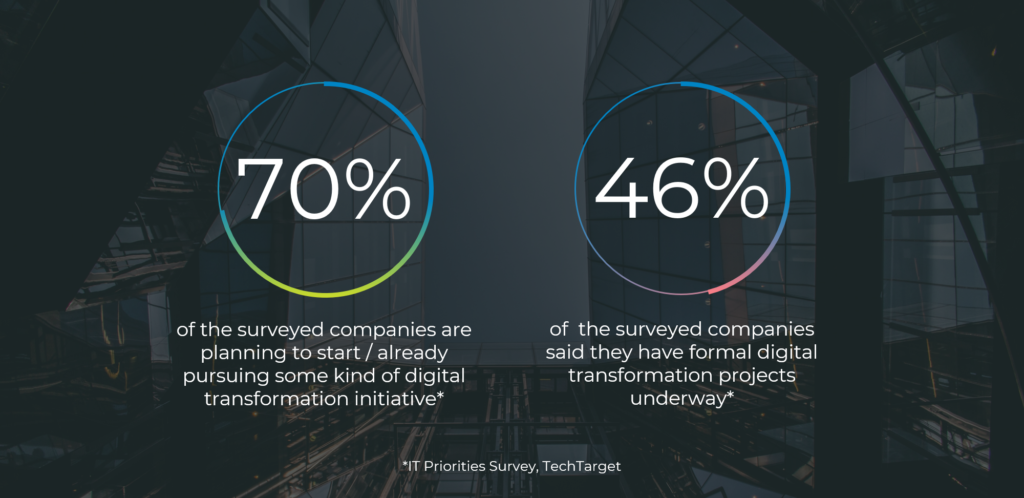
A recent study performed by Deloitte Insights, “2020 Global Technology Leadership Study”, indicates that business leaders expect technology leaders to drive change throughout the enterprise. In the study, three distinct pattern types, based on how CIOs deliver value, were identified: trusted operators, who primarily deliver operational discipline; business co-creators, who focus on partnering with the business to develop and enable business strategy; and change instigators, who lead tech-driven business transformation. The survey shows that in just 4 years there was a significant shift in the CIO pattern type from trusted operator to change instigators.

This shift also brings a change in the CIO’s view of the company’s ERP solution, the backbone of every midsize to large organization. Today, CIOs realize that an ERP system should be looked as a platform for the organization’s digital transformation and not merely as a transaction recording system. They know that their enterprises must become digital organizations. So, the question is not whether, but how much their companies should spend on replacement of the current monolith ERP systems with a smarter one and what are the key ERP features that would support the digital transformation initiatives.
What should the ERP deliver for the CIO’s Digital Transformation mandate?
#1 Ensure IT delivers value to business
Today, CIO’s are expected to be more than service-oriented order takers. They should work with business leaders to find the right ERP software solution that would enable the business to innovate and grow. This is an opportunity for CIOs to explore and advocate for technology that would increase productivity, and showcase how technology would allow the organization to emerge stronger from an economic downturn. On the other hand, according to a recent Gartner research, 84% of CEOs expect digital transformation initiatives to increase profit margins.
When evaluating ERP systems for their business group, the CIO’s preferred options centre around the established incumbents like SAP or Oracle ERP. Given the extremely high total cost of ownership (TCO), what CIO’s fail to recognize is that only a small minority of the group’s businesses would be able to make a business case for such an expensive ERP system. That leaves the majority of the group’s businesses with little choice than opt for local, or industry-specific ERP solutions.
This approach leads to an extremely heterogeneous IT landscape across the group of companies. Financial consolidation is a manual, cumbersome and error-prone exercise that requires the accounting team using third party tools to combine financial numbers from different subsidiaries. Digitising shared services such as Procurement and Human Resources and consolidating them at the group level is impossible because of the sheer number of independent systems driving each division’s business. The consequences are alarming: higher maintenance cost, longer implementation time, inflexible IT infrastructure due to several vendor lock-ins and in majority of cases, a higher TCO. But the most dangerous threat of this approach is the risk to completely jeopardize the implementation of company’s digital transformation strategy.
So, in order to fulfill the board expectations a CIO needs to provide an answer to a very important question: Is there an alternative to an expensive, proprietary ERP software, that is powerful enough to support the digital transformation initiatives within the enterprise and satisfy the challenging needs of the board of directors, while delivering value to the business?
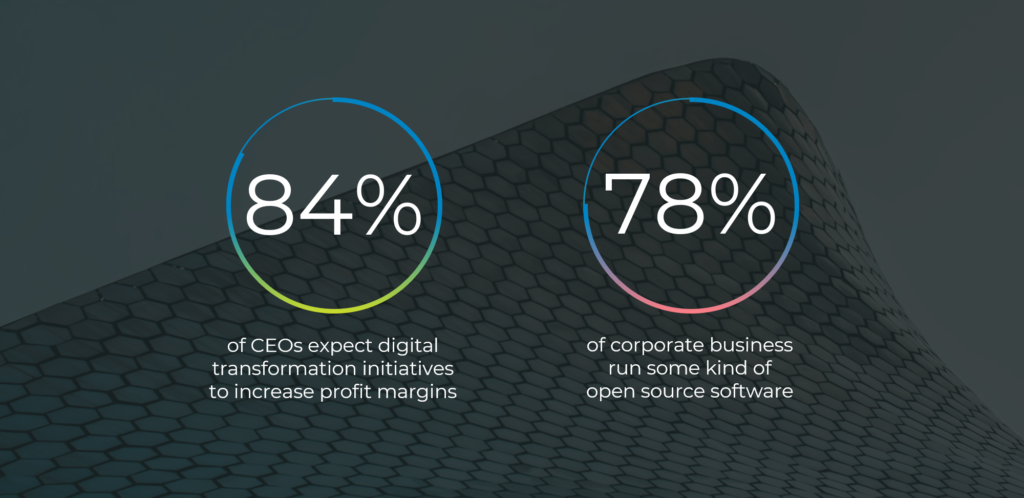
Today 78% of corporate business run some kind of open source software and this trend won’t stop here. As large multinational organizations such as Google and Microsoft invest heavily in open source technologies; others are bound to follow. This will drive adoption of enterprise solutions built on open source technologies. The ERP software market is already following this trend. Many large industry conglomerates recognize the need of open source ERP solutions and the benefits they bring.
In the past few years, VIENNA Advantage open source ERP/CRM has been successful at replacing ERP solutions from SAP and Oracle, becoming a very serious alternative to these proprietary solutions. VIENNA Advantage is the first enterprise level open source ERP solution in the world with an inbuilt Document Management and Business Intelligence system, available both on cloud and on-premises. The software comes with very simplified licensing model. The charge is “on a per named user basis” for both perpetual and SaaS models. This means that there is no surcharge that customers need to pay per legal entity, or per ERP module. It therefore emerges as a serious, affordable alternative to more established ERP vendors, while retaining functional parity with incumbent ERP solutions.
More importantly, all businesses within a group, regardless of their relative profitability, can now make a business case for the VIENNA Advantage ERP. This standardizes the enterprise IT landscape within the group to one single ERP system and makes it possible to truly digitize group functions such as financial consolidation and shared services.
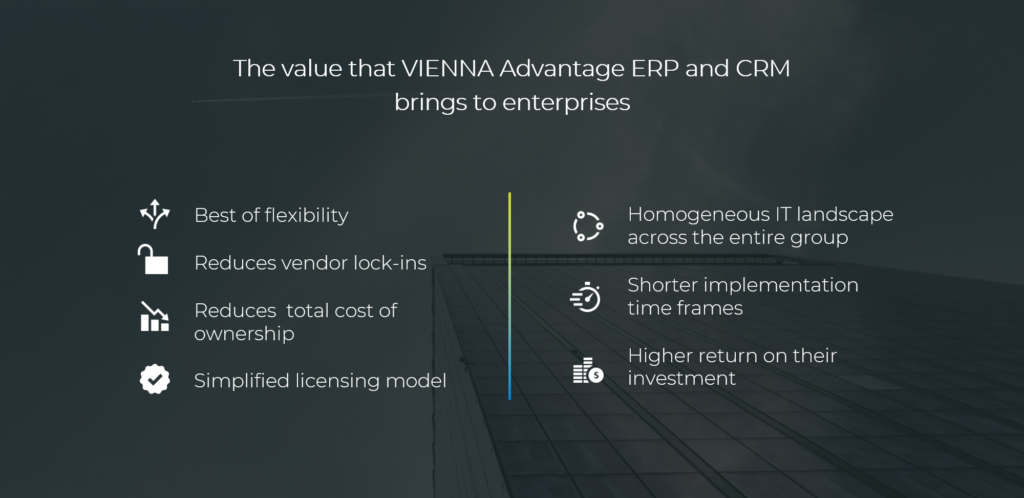
Its open source infrastructure backed with enterprise level support gives the best of flexibility, reduces vendor lock-ins and total cost of ownership, because the resources needed to enhance and maintain VIENNA Advantage ERP are not restricted by proprietary technologies.
The median shelf life of an ERP solution is about 10 years. Traditional ERP solutions, like SAP or Oracle ERP, take anywhere between 3–4 years to implement, depending on the complexity involved. VIENNA Advantage ERP has dramatically shorter implementation timeframes (around 2 years). In this way customers have 10–15% of additional productive usage of the ERP and therefore a higher return on their investment. This is because of the inherent architecture of the VIENNA Advantage ERP that allows for rapid configuration, customization and deployment.
#2 Manage IT risks and prevent situations leading to vendor lock-in
When it comes to proprietary ERP solutions like SAP, Oracle ERP or Epicor, CIOs are aware of the limited flexibility and that the total cost of ownership rises over the years, eventually leading to vendor lock-in. For a company undertaking a digital transformation initiative, this poses a serious threat in a long run, because it puts the CIO in very vulnerable position towards the ERP vendor and leaves him/her with very few or no options. This practice has been tolerated for many years now, but with the rise of the open source ERP alternatives, CIOs are now starting to gain their power back and become less dependent of the ERP vendors.

In a recent survey performed by TechTarget, the respondents said that their top 2 drivers of digital transformation are:
- Streamline operations, internal efficiency and process management (47%)
- Improve employee performance and productivity (47%)
In a post-merger or post-acquisition situation this could only be achieved if the ERP solution provides flexible and extensible architecture to cater the specific needs of both organizations without jeopardizing the ongoing digital transformation initiatives.
#3 Future proof IT to a reasonable extent
One of the most common steps in many digital transformation methodologies is the shift towards the cloud. This statement is validated by “2019 IT Priorities Survey”, performed by TechTarget, where 41% of the respondents said they would increase their budgets to expand their use of cloud services.
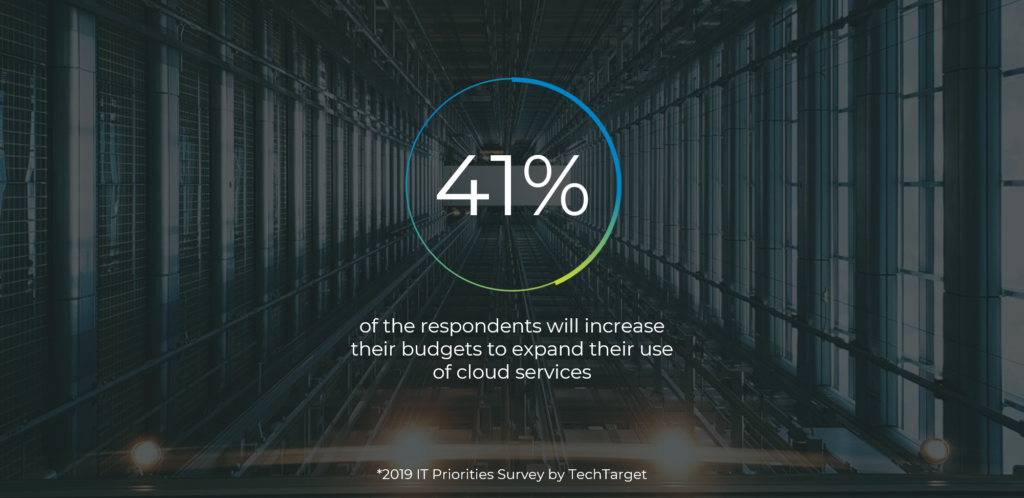
With the rise of the cloud services and the accelerated shift from proprietary towards SaaS ERP solutions, due to the COVID-19 pandemic, CIOs around the globe are looking for flexible ERP solution that can provide both options, on-premise and hosted offerings, as well as smooth transition from one to another.
Regardless of how far along companies are in their digital transformation journeys, it’s a reasonably safe to bet that cloud services will play a prominent role in achieving their goals. Survey respondents are considering moving to cloud-based services for virtually all types of enterprise applications: BI/Analytics (27%), CRM and Sales Management (23%), etc.
VIENNA Advantage ERP/CRM gives CIOs the flexibility to opt for on-premise or cloud-based hosting to address data residency risks and comply with a regulatory requirement across jurisdictions.
#4 Ensure IT integration remains painless through inorganic growth strategies involving mergers and acquisitions
One big challenge for every Group CIO is to make the IT integration of the newly merged or acquired company, as smooth as possible; this means fast, efficient and cost effective. This is especially important in industries where digital transformation initiatives are blooming and there is an ongoing industry disruption.
VIENNA Advantage ERP ensures IT integration remains painless through inorganic growth strategies involving mergers and acquisitions by providing an extensible architecture to support post-merger or post-acquisition IT integration.
VIENNA Advantage is an enterprise level ERP solution that makes it easy to adopt Industry 4.0, whether through integration of smart devices, implementing robotic process automation, artificial intelligence or adding enhanced data presentation and visualization capabilities using specialized applications.
About VIENNA Advantage ERP
VIENNA Advantage ERP/CRM is the first enterprise-level open source ERP and CRM solution with inbuilt document management and business intelligence system, available on the cloud and on-premises. Realize strategic goals with one enterprise application across the company. Hundreds of features within the tightly integrated ERP and CRM solution.
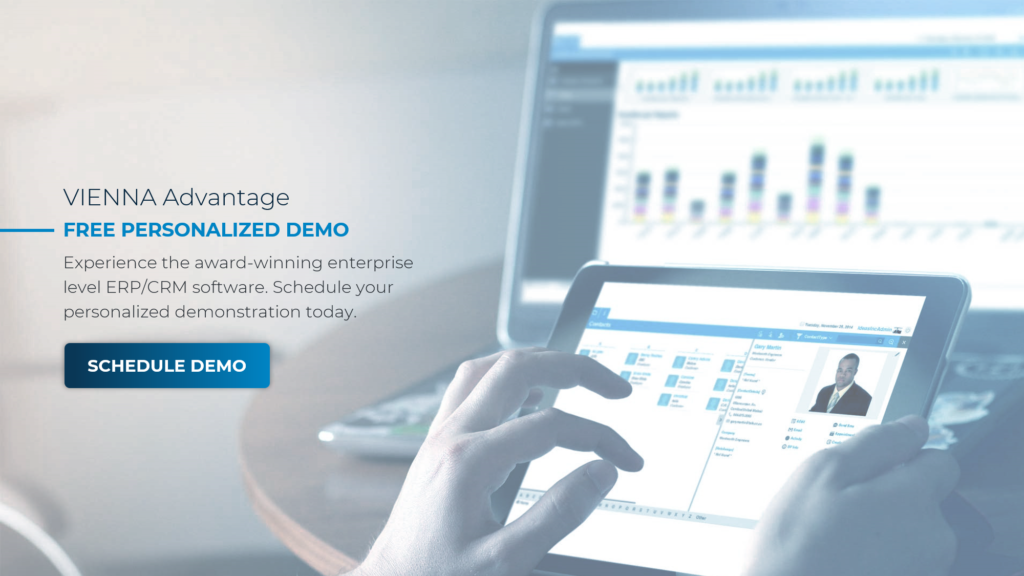
Are you ready to start your digital transformation journey?
Experience the award-winning enterprise level ERP/CRM software. Schedule your personalized demonstration today. It’s free!
⚠️ You might be also interested in reading the following article 👇
Digital Transformation: 5 CFO priorities when choosing an ERP solution
